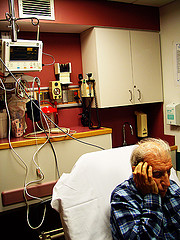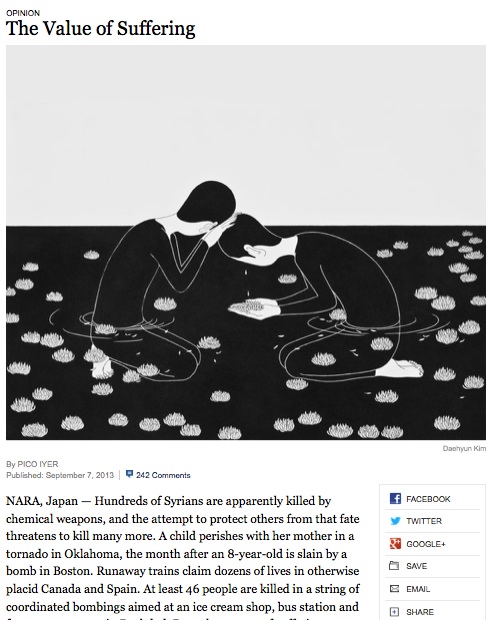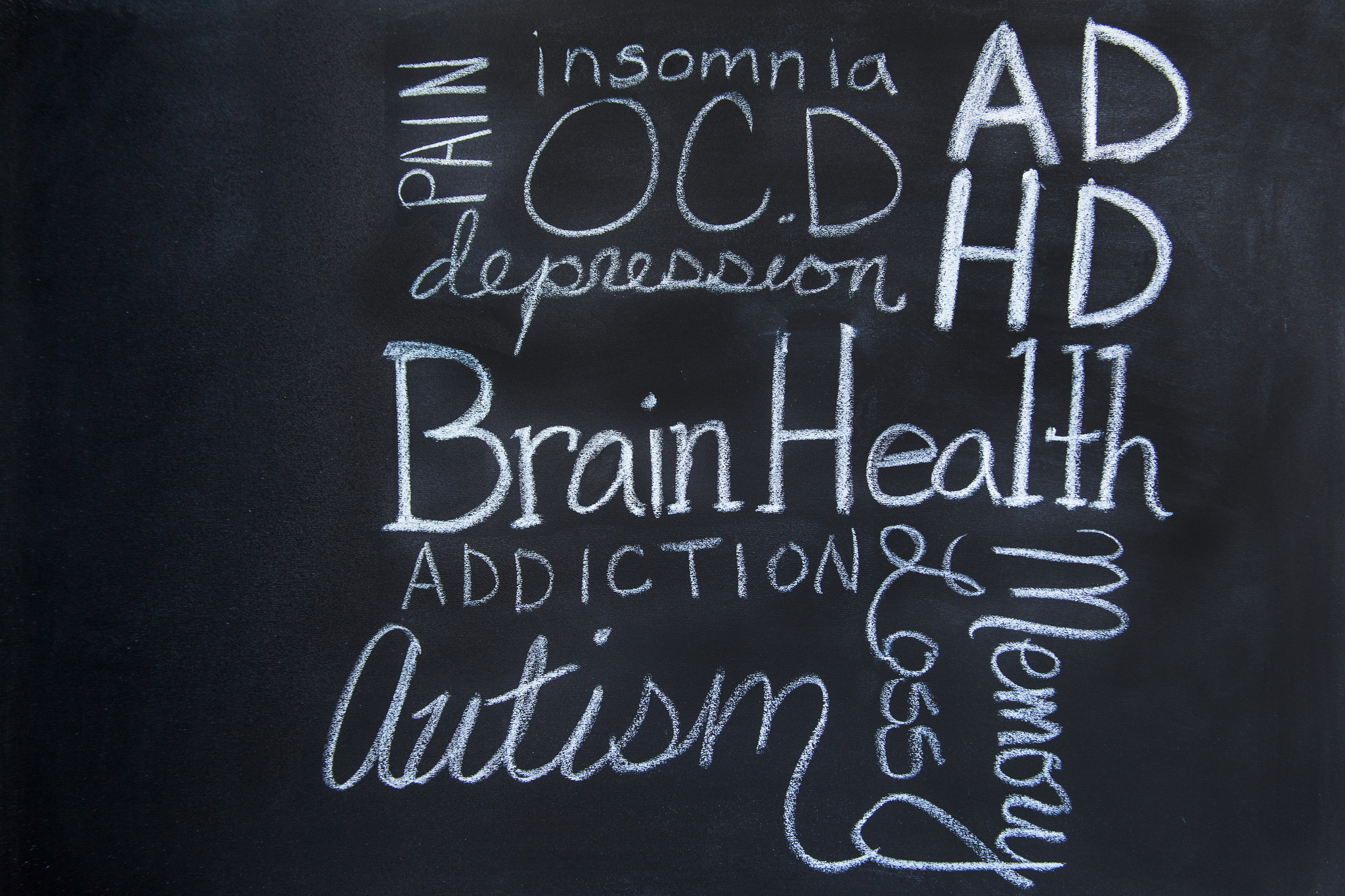Contraception is essential to a woman’s health, empowerment, equality, and independence. This belief is championed by the Center for Reproductive Rights, Guttmacher Institute, Planned Parenthood, and others. More importantly, governing bodies of health care overwhelmingly defend access to contraception:
“Contraception is a pillar in reducing adolescent pregnancy rates.”
- The American Academy of Pediatrics [1]
“Clinicians should discuss all contraceptive methods that can be used safely by the patient, regardless of whether a method is available on site and even if the patient is an adolescent or a nulliparous woman.”
- American Academy of Family Physicians [2]
“The American College of Obstetricians and Gynecologists [ACOG] supports access to comprehensive contraceptive care and contraceptive methods as an integral component of women’s health care and is committed to encouraging and upholding policies and actions that ensure the availability of affordable and accessible contraceptive care and contraceptive methods.”
- American College of Obstetrics and Gynecology [3]
“Access to safe, voluntary family planning is a human right. Family Planning is central to gender equality and women’s empowerment, and it is a key factor in reducing poverty.”
- United Nations Population Fund [4]
“This policy supports the universal right to contraception access in the United States and internationally.”
- American Public Health Association [5]
“Family Planning, an integral component of sexual and reproductive health, is a critical pillar for health and development; it is also a human rights issue…When women are denied their right to and choice of family planning methods, they become trapped in a vicious cycle of poverty, poor health outcomes from ill-timed pregnancies and limited capacity to fully realize their potential.”
- World Health Organization [6]
Contraception is regarded by the CDC as one of the 10 greatest public health achievements of the 20th century.[7] Of the many reversible contraceptive options available, implant and intrauterine device are most effect, with less than 1% risk of failure for both perfect and typical use compared to an 18% failure rate for typical male condom use.[8] Of course, condoms are the only available contraceptive method that also protects against transmission of infections, including the human immunodeficiency virus (HIV) and human papilloma virus transmission through certain makes of condoms.
Benefits of contraception include: improved health and well-being, reduced global maternal mortality, pregnancy spacing and subsequent health benefits, increased participation of females in the workforce, and economic independence for women.[9]
In the United States, 70% of women ages 15 to 44 years old are sexually active and do not want to become pregnant. Thus, 70% of reproductive aged women are at risk of unintended pregnancy. The Guttmacher Institute, a leading researcher of reproductive health, reported that consistent and correct use of modern contraception (i.e. condom, hormonal contraception, long-acting method, or permanent method) without any gaps in use during all months a woman is sexually active resulted in 68% of sexually active reproductive age women avoiding an unintended pregnancy.[10] These women accounted for only 5% of unintended pregnancies that occurred in 2008. In comparison, 41% of the 3 million unintended pregnancies were a result of inconsistent modern contraceptive use and 54% resulted from nonuse.[10]
Sadly, in addition to other Catholic-based religious organizations, the United States Conference of Catholic Bishops argues that contraception does not prevent unintended pregnancy nor reduce abortion rates.[11] The USCCB also does not believe that contraception is basic health care.[12] Instead, the USCCB states,
“Contraception is an elective intervention that stops the healthy functioning of healthy women’s reproductive systems. Medically it is infertility, not fertility, that is generally considered a disorder to be treated.”
Let me be clear. Access to contraception is basic health care. 222 million women globally have an unmet need for modern contraception.[4] This burden is highest in vulnerable populations such as adolescents, those from low socioeconomic households, those with HIV, and internally displaced persons.[4]
The WHO issued guidance and recommendations on “Ensuring human rights in the provision of contraceptive information and services,” in which officials outline nine priority actions policy makers and providers need to take to ensure that human rights are protected in the provision of contraceptive information and services.[13] These steps include:
- Non-discrimination in provision of contraceptive information and services
- Availability of contraceptive information and services
- Accessibility of contraceptive information and services
- Acceptability of contraceptive information and services
- Quality of contraceptive information and services
- Informed decision-making
- Privacy and confidentiality
- Participation
- Accountability [of programs that deliver contraceptive information and services]
In regards to current politics and policy proposals, accessibility of contraceptive options includes affordability.
Under the Affordable Care Act (ACA) healthcare law, preventative women’s health services—including well-woman visits; screening for gestational diabetes; human papilloma virus testing; counseling for sexually transmitted diseases; counseling and screening for HIV; contraceptive methods and counseling; breastfeeding support, supplies, and counseling; and screening and counseling for interpersonal and domestic violence—are covered without any co-payment, co-insurance, or deductible.[14] For reference, if the ACA healthcare law were not in place, the average out-of-pocket cost for birth control would be $78-$185 per year.[14] For myself, my oral contraceptive pills cost $30 per month, totaling $360 per year! This was a financial burden as a student—but essential for my overall health—and so, I budgeted. But not everyone has that capability.
The ACA’s expansion of health care coverage and improved access to care also resulted in reductions in delayed care, as well as improved maternal and newborn outcomes. From 2010 to 2014, the proportion of women who reported delaying or forgoing care due to cost concerns dropped by 3.4%.[15] The health care law also funded the Strong Start for Mothers and Newborns Initiative, a collaboration between the Centers for Medicare & Medicaid Services, the Health Resources and Services Administration, and the Administration on Children and Families. The initiative aims to reduce preterm birth rates and improve maternal and newborn health outcomes. This is key because full-term babies have improved outcomes compared to those born in an early, term elective delivery.
The United States Human Health and Services notes that actuaries, insurers, and economists generally estimate that contraception provisions are at least cost-neutral and may, in some cases, result in cost-savings when taking into account the costs and benefits of unplanned pregnancies.[14] In 2009, the UNPF and Guttmacher Institute published a detailed report explaining how family planning and maternal and newborn health services saves lives and money. Preventing and/or postponing unintended pregnancies results in fewer expenses due to the decreased need for maternal and newborn health care and the management of unsafe abortions.[16] In addition, ensuring standards of maternal and newborn health care reduces the rates of complications and subequently incurred high costs.
Keeping these considerations in mind, our current political climate is of great concern because on January 20, 2017, President Donald Trump issued an executive order to repeal the ACA.[17]
I received an email update this week from ACOG reporting that the AAFP, American College of Physicians, AAP, ACOG, and American Osteopathic Association mailed a joint letter representing over 500,000 physicians asking the White House and Congressional leaders to “stand with us and for America’s women” because “healthy women can better participate in our economy and our workforce, and can reach higher levels of educational attainment.” The letter also identifies four priorities moving forward, one of which is to ensure that women have affordable access to evidence-based care.[18]
ACOG’s committee opinion on access to contraception emphasizes full implementation of the ACA requirement that,
“…new and revised private health insurance plans cover all U.S. Food and Drug administration-approved contraceptives without cost-sharing, including non-equivalent options from within one method category (eg. levonorgestrel as well as copper intrauterine devices).” [3]
Throughout the next few months and years when you are voting or exercising your right to debate the very real challenge we face to reduce health care costs, please remember that investing in family planning and maternal and newborn health care services saves money. And remember that leading healthcare organizations—the very governing bodies who set the standards for evidence-based care—strongly advise that the White House and Congress to write healthcare laws that ensure affordable women’s health care and access to contraception. I urge readers to fight for access to contraception, a necessary and significant human right.
For more information about available contraceptive options, please see the “Birth Control (Contraception): Resource Overview” published by ACOG, available at http://www.acog.org/Womens-Health/Birth-Control-Contraception#Patient.
References
- Committee on Adolescence. Policy Statement: Contraception for Adolescents. Pediatrics. 2014
- Klein DA, Arnold JJ, and Reese ES. Provision of Contraception: Key Recommendations from the CDC. Am Fam Physician. 2015;91(9): 625-633.
- American College of Obstetricians and Gynecologists. Access to contraception. Committee Opinion No. 615. Obstet Gyneco.l 2015;125:250-5.
- United Nations Population Fund and Center for Reproductive Rights. Family Planning. Available at: http://www.unfpa.org/family-planning. Accessed November 29, 2015.
- American Public Health Association. Universal Access to Contraception; Policy 20153. November 2015. http://www.apha.org/policies-and-advocacy/public-health-policy-statements/policy-database/2015/12/17/09/14/universal-access-to-contraception. Accessed: November 28, 2016.
- World Health Organization. Family Planning Summit, 11 July 2012: WHO’s Commitment. Available at: http://www.who.int/reproductivehealth/topics/family_planning/WHO_commitment_fp.pdf?ua=1. Accessed: November 30, 2016.
- Sonfield A, Hasstedt K, Kayanaugh MI, Anderson R. The social and economic benefits of women’s ability to determine whether and when to have children. New York (NY) Guttmacher Institute; 2013. Available at: http://www.guttmacher.org/pubs/social-economic-benefits.pdf. Accessed: November 29, 2016.
- Guttmacher Institute. Contraceptive Use in the United States. September 2016. Available at: https://www.guttmacher.org/fact-sheet/contraceptive-use-united-states. Accessed: November 29, 2015.
- Starbird E, Norton M, and Marcus R. Investing in Family Planning: Key to Achieving the Sustainable Development Goals. Glob Health Sci Pract. 2016;4(2):191-210.
- Guttmacher Institute. Infographic: Contraception is highly effective. July 2013. Available at: https://www.guttmacher.org/article/2013/06/infographic-contraception-highly-effective. Accessed: November 28, 2016.
- Emergency Contraception Fails to Reduce Unintended Pregnancy and Abortion. Available at: http://www.usccb.org/issues-and-action/human-life-and-dignity/contraception/fact-sheets/emergency-contraception-fails-to-reduce-unintended-pregnancy-abortion.cfm Accessed: February 2, 2017.
- Fact Sheet: Contraceptive Mandates. Available at: http://www.usccb.org/issues-and-action/human-life-and-dignity/contraception/fact-sheets/contraceptive-mandates.cfm Accessed: February 2, 2017.
- Ensuring human rights in the provision of contraceptive information and services: Guidance and recommendations; 2016. Available at: http://apps.who.int/iris/bitstream/10665/102539/1/9789241506748_eng.pdf?ua=1. Accessed: November 28,2016.
- S. Department of Health & Human Services. Fact Sheets: Women and the Affordable Care Act. Available at: https://www.hhs.gov/healthcare/facts-and-features/fact-sheets/women-and-aca/index.html. Accessed: November 28, 2016.
- Simmons A, Taylor J, Finegold K, Yabroff R, Gee E, and Chappel A. The Affordable Care Act: Promoting Better Health for Women. ASPE Issue Brief;2016:1-10.
- UNFPA and Guttmacher Institute. Adding it Up 2014: The Costs and Benefits of Investing in Sexual and Reproductive Health. UNFPA, Guttmacher Institute. 2016;1-56.
- The White House Office of Press Secretary. Executive order minimizing the economic burden of the patient protection and affordable care act pending repeal. Available at: https://www.whitehouse.gov/the-press-office/2017/01/2/executive-order-minimizing-economic-burden-patient-protection-and. Accessed: January 2, 2017.
- Healio Family Medicine. AAFP, ACP, others join forces in new effort to protect women’s health. Available at: http://www.healio.com/family-medicine/womens-health/news/online/%7B1b88e282-cd33-402c-a97a-bea5ef45238f%7D/aafp-acp-others-join-forces-in-new-effort-to-protect-womens-health . Accessed: January 2, 2017.
Photo credit:
Blue coat photos










 consistently been shown to have a positive impact on mental health. Dr. Martin E. P. Seligman, a psychologist at the University of Pennsylvania, asked study participants to write letters of gratitude to people in their lives whose important contributions had previously gone unacknowledged. He then quantified the impact of these letters on the study participants’ letter writers by providing them with a happiness score. Unsurprisingly, the mere act of writing the letter and expressing gratitude was found to boost each participant’s happiness score.
consistently been shown to have a positive impact on mental health. Dr. Martin E. P. Seligman, a psychologist at the University of Pennsylvania, asked study participants to write letters of gratitude to people in their lives whose important contributions had previously gone unacknowledged. He then quantified the impact of these letters on the study participants’ letter writers by providing them with a happiness score. Unsurprisingly, the mere act of writing the letter and expressing gratitude was found to boost each participant’s happiness score.


